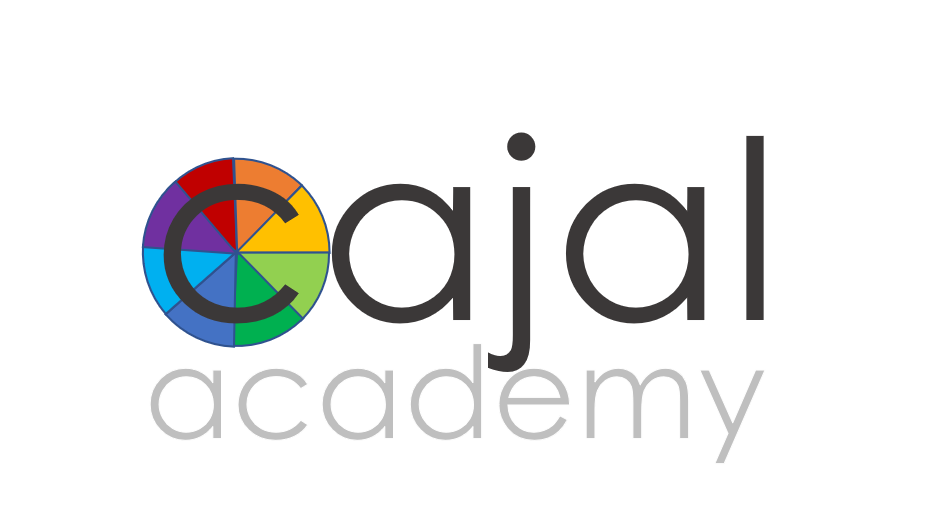
What can we learn from studying our own backyard as a micro-biome about how to create a more realistic Earth-like setting?
Students will create a 10’x10’ quadrat in their backyards and inventory the biodiversity within it as it changes across the course of the spring. Students will learn about visual representations of mathematical thinking, with advanced content for high school students in calculating and creating visual representations for rates of change and other mathematical relationships. Art studio curriculum will be integrated to develop realistic nature journals using a mix of drawing and photography, and to explore the concept of scale through miniature worlds and animation tools.

How can we design a sci fi creature that could sustain itself in an Earth-like biome?
Students will learn how animals adapt to their surroundings, with in depth curriculum at the high school level on genetics and how protein synthesis influences animal characteristics. Social-emotional support will be provided to help students contextualize their own neuro-diversity and genetic variances and how this shapes their family and personal narratives.

How can we portray a healthy ecosystem, or one under invasion?
Students will learn about the diversity of Earth’s biomes and select one to study in-depth. They will learn about mathematical models that environmental scientists use to monitor the health of an eco-system, identify invasive and endangered species and predict the environment’s sustainability.

How do the decisions a screenwriter makes affect the development and realism of a sci fi movie?
Students will read science fiction books that have been made into movies and analyze how various elements differ in their representation between the two media. Students will create a written movie review, to be published on the class website, discussing the decisions screenwriters made in making the screen adaptation, and whether those changes were better or worse than the original.

How does music enhance a movie's mood, character development or plot?
Students will learn about how screen scores use music to develop a character, theme or mood, and will create snippets of their own movie music using MIDI controllers and digital music composition software.

How can we enhance a storyline with the physical appearance of the creature we create?
Students will learn about visual design languages, and how Pixar and other animators use shape and color to convey particular character traits. They will design physical representations of their creatures using a variety of media, and articulate how their design decisions relate to the choices they have made throughout the project about the biome, role in the food chain and persona of their creature.

What are the bio-mechanics of making our animated creature's movements realistic?
Our OT and PT sessions will integrate curricula on the musculoskelatal system to teach students the biomechanics of how animals move. They will use this information to make sure the creatures they create are anatomically correct, while also making connections to their own motor coordination, postural support and joint protection goals. Curriculum from Pixar in a Box will be integrated to actually animate their creatures, and students will critique each other’s work for how realistically the creature’s movements are for the joint structures they have created. They will then revise their work accordingly. Students will make connections between this engineering curriculum and their own physio goals and objectives.








